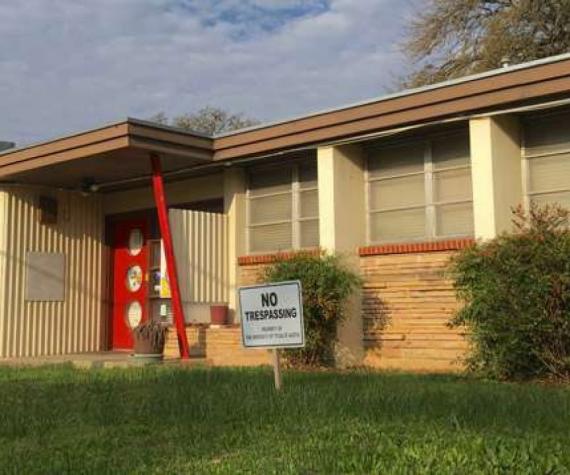The Colored Teachers State Association of Texas was founded in 1884 by twelve colleagues at Prairie View Normal College. Founding members believed that black students were suited for more than industrial training and wanted better educational opportunities. The association adopted its first constitution in 1906, which sought to bring together black teachers and politicians. Their first campaign was to establish the Black university that the Texas Constitution of 1876 provided for. The association was officially incorporated in 1921.
After incorporation, the association embarked on many projects seeking to advance Black students' and teachers' places. They began publishing an official report, The Texas Standard, in 1922. The association established the Commission on Democracy in Education in 1941. Through CODE, they initiated legal action to equalize teachers' salaries throughout Texas. The association was successful in Dallas, Houston, Galveston, Longview, Waco, Wichita Falls, Celina, and Hillsboro. In 1946 the association became involved in the Heman Sweatt v. Painter case. Sweatt sued the University of Texas to gain entrance into its law school. In 1950 Sweatt won, and the decision allowed Black students to enter UT graduate programs. During the Sweatt case, the Texas Legislature finally established a Black university, the Texas State University for Negroes. After these victories, the association turned its focus to safeguarding Black teachers' rights, who, after the Brown case ordering desegregation, found themselves vulnerable to sudden dismissal or demotion.
The Pease family purchased the building in 1972. The salon remained a social hub for the East Austin Black community, with many association members becoming clients. In 2005, Pease family members worked with the University of Texas to list the building on the National Register of Historic Places. The building was listed under Criteria A, properties associated with events that significantly contributed to our history's broad patterns, and G, properties that achieved significance within the last fifty years. The nomination states that the building retains significant amounts of original fabric, including the metal casement windows, interior and exterior doors and hardware, exterior materials, and interior arrangement. At the time, original furnishings belonging to the association were stored on site.
I think the decision of UT to purchase and preserve this site is very effective. It is one step to correct the historic wrongdoings to the Black East Austin community. As the building has been important to the community, I am glad the use remains a community gathering space. I also think UT retaining ownership continues the educational mission the original association fostered. This building has rare circumstances, such as its association with Chase that most civil rights sites do not. UT is choosing to rename the property the "John S. Chase Building," which perpetuates the narrative that architectural significance trumps historical associations. While in this case, the architect is a celebrated Black man, I wish UT better recognized the work of the Teachers State Association of Texas. I am curious if the building had not retained as much architectural integrity if UT would have moved forward with this project.
I believe this is an impressive example of a university that had encroached on its minority neighbors seeking to make amends by preserving a culturally significant site that will remain in the community's public benefit. Many other institutions could follow this example. While this is a positive preservation outcome, many other Black East Austin's sites are threatened. In particular, David's Chapel, another Chase building, just underwent rezoning to allow for mixed commercial use. The pastor is against local historic designation so that the community may lose an important Black cultural site with high levels of architectural significance. UT's expansion into the East Austin neighborhood has changed the community's dynamics and preserving one significant place cannot offset that.








